Underwater Cable Infrastructure: Issues, Concerns, and Solutions
The Global Backbone at Risk: Understanding the Importance of Subsea Cables
Underwater cable infrastructure, often called subsea or submarine cables, forms the critical backbone of global communications, enabling 99% of international data transmission. Despite their strategic importance, these cables face a range of geopolitical, environmental, and security challenges. As nations and organizations grow increasingly reliant on uninterrupted digital connectivity, the resilience and security of underwater cables have become urgent policy and infrastructure concerns.
Strategic Vulnerabilities: Geopolitical and Government Triggers
Subsea cables lie at the heart of digital sovereignty and national security. As geopolitical tensions escalate, cables have become strategic assets—and targets.
Recent developments influencing underwater cable governance include:
- Treaties and sanctions targeting maritime technology cooperation, as seen in U.S.-China tech decoupling and EU-US data sovereignty frameworks.
- Naval deployments in contested regions like the South China Sea, where cables crisscross disputed waters.
- Bilateral MOUs and multilateral frameworks promoting shared ownership or surveillance of strategic infrastructure (e.g., Australia-Japan-US initiatives).
- UN and GAC proposals advocating global norms for the protection of undersea infrastructure from espionage or sabotage.
Concerns:
- Cable landing stations may be monitored or weaponized.
- State-sponsored interference or sabotage incidents are rising, often disguised as fishing or maintenance operations.
- Governance gaps exist between national and international jurisdictions.
Environmental Pressures and Climate-Related Risks
Undersea cables face increasing exposure to climate change, oceanic disasters, and marine biodiversity risks.
Environmental triggers and related concerns include:
- Sea-level rise (SLR) and intensified storm surges damaging coastal cable landings and infrastructure.
- Coral bleaching and marine ecosystem damage during installation or repair operations.
- IPCC and UNEP data indicating more frequent underwater landslides and seismic activity triggered by climate volatility.
- Port shutdowns from typhoons or floods disrupting cable maintenance and emergency access.
Solutions include:
- Re-engineering landing zones to withstand extreme weather.
- Environmentally conscious routing and installation practices.
- Developing floating landing stations or offshore hubs to diversify vulnerability points.
Maritime Security Threats and Illicit Activities
Cables are increasingly exposed to intentional damage due to piracy, illegal fishing, and unregulated seabed activities.
Key maritime security triggers include:
- Reports from Global Fishing Watch and IUU Blacklists showing increased vessel activity near cable routes.
- Recent piracy incidents in chokepoints such as the Red Sea and Gulf of Guinea.
- Investigations by think tanks like Chatham House identifying deliberate sabotage.
Emerging risks:
- Cable tapping by submarines for surveillance purposes.
- Anchor drags and trawling gear causing unintentional cable cuts.
- Lack of maritime domain awareness (MDA) in developing regions.
Mitigation strategies:
- Real-time maritime surveillance integrated with cable route monitoring.
- Enhanced coordination with coast guards and naval forces.
- International frameworks for cable-specific no-go maritime zones.
Development and Governance: Institutional Capacity and Funding
Global initiatives to protect and modernize underwater infrastructure often depend on institutional coordination, funding, and local capacity building.
Development triggers include:
- World Bank and IMF-backed funding for blue economy and maritime infrastructure projects.
- GAC and UNDP support for governance capacity in small island nations.
- African Union’s Lomé Charter and ASEAN’s maritime digitization frameworks aiming for regional cable security.
Challenges:
- Disparity in infrastructure funding between developed and developing coastal states.
- Lack of localized maritime infrastructure expertise.
- Overdependence on private-sector ownership of cables.
Suggested frameworks:
- Public-private partnerships with built-in cybersecurity mandates.
- Regional cable consortia with equitable stakeholder governance.
- Capacity building initiatives linked to marine engineering and digital policy education.
Research, Innovation, and Academic Insights
Academic institutions and policy think tanks play a crucial role in highlighting emerging underwater cable risks.
Triggers and developments include:
- White papers on marine tech vulnerabilities from institutions like the University of Southampton or MIT.
- UNESCO and G7 research agendas focusing on digital resilience and marine knowledge sharing.
- Data-driven platforms tracking real-time cable disruptions and marine hazard correlations.
Policy recommendations include:
- Funding open-source platforms for real-time cable monitoring.
- Creating academic-industry task forces to develop secure cable tech.
- Including undersea cable security in national cybersecurity strategies.
Tips and Takeaways for Stakeholders
- Diversify landing zones to reduce concentrated vulnerabilities.
- Conduct risk assessments that include environmental and geopolitical factors.
- Invest in public-private partnerships for resilient cable ecosystems.
- Support international frameworks like the UN Convention on the Law of the Sea (UNCLOS).
- Monitor fishing and shipping traffic near key cable corridors.
- Ensure cable maps and technical specs are not publicly accessible.
- Train local maritime authorities in cable damage response.
Tools and Resources
- Submarine Cable Map by TeleGeography
- MarineTraffic for real-time ship monitoring
- Global Fishing Watch for IUU fishing activity
- ISA’s Seabed Mapper for identifying seabed usage
- UNEP Ocean Reports for environmental risk profiles
- NATO’s CMRE maritime situational awareness tools
Future Outlook: What Lies Ahead
The future of underwater cable infrastructure hinges on cross-sector collaboration, advanced monitoring, and resilient design innovation. As digital economies expand, nations must treat undersea cables not just as technical assets, but as critical components of sovereign infrastructure and global stability.
Emerging technologies—such as AI-driven route monitoring, autonomous underwater drones for inspection, and quantum-secure communication protocols—will play a defining role. However, implementation will require sustained investment and multilateral cooperation.
| Section | Core Focus | Key Issues/Triggers | Real-World Examples | Solutions / Frameworks | Explore If You’re Interested In… |
|---|---|---|---|---|---|
| Introduction | Importance of underwater cable infrastructure | Growing global dependence on subsea data routes | 99% of global internet traffic uses these cables | Recognition as sovereign infrastructure asset | The backbone of digital communication |
| Geopolitical Triggers | Government & military developments affecting cable routes | Sanctions, naval deployments, international treaties (e.g., NATO, GAC) | South China Sea surveillance, EU-US data sovereignty pacts | Bilateral MOUs, protective norms under UNCLOS | Cybersecurity, policy, global cooperation |
| Climate & Environmental Concerns | Natural threats to subsea cables | Sea level rise, coral reef impact, stronger storms, IPCC/UNEP data | Coral bleaching near landing sites, hurricanes shutting down ports | Resilient designs, floating stations, climate-adaptive policies | Climate change, coastal adaptation, green tech |
| Maritime Security Threats | Physical sabotage, IUU fishing, piracy | Tapping, trawler damage, lack of maritime surveillance | Incidents in Red Sea, Gulf of Guinea, IUU blacklists | Real-time marine tracking, no-go zones, NATO MDA tools | Marine crime, cable sabotage, maritime domain awareness |
| Development & Governance Gaps | Economic disparity and public-private ownership issues | Underfunded regions, governance imbalance, corporate control | World Bank & AU initiatives, ASEAN digitization policies | PPPs with built-in resilience plans, local governance support | Infrastructure equity, funding, institutional development |
| Research & Policy Insights | Academic and think tank-driven frameworks | Lack of open data, weak integration with national security strategies | UNESCO marine risk research, MIT white papers | Academic-industry task forces, cable security in national strategies | Innovation, policy design, collaborative intelligence |
| Tips & Takeaways | 7 actionable tips for stakeholders | Awareness, redundancy, surveillance | Internal guidelines for ISPs and coast guards | Training, secrecy in technical mapping, support international frameworks | Immediate action for planners, policymakers, telecoms |
| Tools & Resources | Hands-on utilities and databases | Data mapping, vessel tracking, environmental risk monitoring | TeleGeography cable map, MarineTraffic, Global Fishing Watch | Integrate real-time tracking into planning | Visualization, monitoring, open intelligence tools |
| Future Outlook | Emerging technologies & cooperation needs | AI surveillance, underwater drones, quantum encryption | Testing by NATO’s CMRE and private cable companies | Multilateral tech alliances, increased funding, AI-inspection systems | Next-gen infrastructure and digital sovereignty |
Note: This article was created with the assistance of generative AI, based on verified knowledge and content frameworks. It is subject to updates as new information becomes available.


